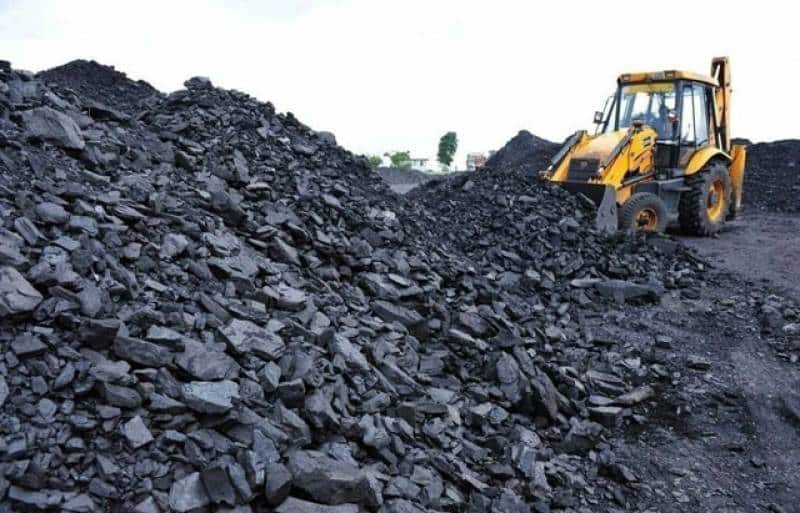US power sector coal stockpiles reached a 29-month high of 127.5 million st in May, according to Energy Information Administration data released July 25.
Stockpiles were 7.1% higher on the month and up 37% on the year. The stockpile build was 8.4 million st, more than triple the five-year average build for May.
Bituminous stocks rose 7.7% on the month and 35.3% on the year to 44.9 million st. Compared with the five-year average, bituminous coal stockpiles were at a 7.4% deficit in May. Days of bituminous coal burn rose 2.6% on the month and 55.3% on the year to 118 days in May. Days of coal burn in May were at a 33.2% gain to the five-year average.
The bituminous coal stockpile build was bearish for prices in May, according to the Platts assessments by S&P Global Commodity Insights. Platts assessed bituminous prompt-month Central Appalachia 12,500 Btu/lb CSX rail coal at an average of $76.98/st in May, down from $83.13/st in April. The latest CAPP CSX rail coal assessment was at $66.25/st July 24.
Subbituminous coal stockpiles rose 6.9% on the month and 39.1% on the year to 78.9 million st. Subbituminous stockpiles were at a 13.3% gain to the five-year average in May. Subbituminous days of burn rose 0.8% on the month and 40.4% on the year to 125 days. Compared with the five-year average, subbituminous days of burn were at a 45.3% gain in May.
Subbituminous coal prices softened slightly on the back of higher utility coal stockpiles. Platts assessed subbituminous prompt-month Powder River Basin 8,800 Btu/lb coal at an average of $14.55/st in May, down from $14.65/st in April. The PRB 8,800 Btu/lb coal assessment was at $14.30/st July 24.
Lignite stocks totaled 3.5 million st, up 5.1% on the month and 9.8% on the year.
US non-lignite coal capacity with days of supply above 60 days consisted of 86.2% of generators in May, down from 87.7% in April. A total of 9.7% of coal capacity reported 30 to 60 days of burn, steady from 9.6% in April. The remaining 4.1% of coal capacity reported less than 30 days of burn, up from 2.7% in April.



